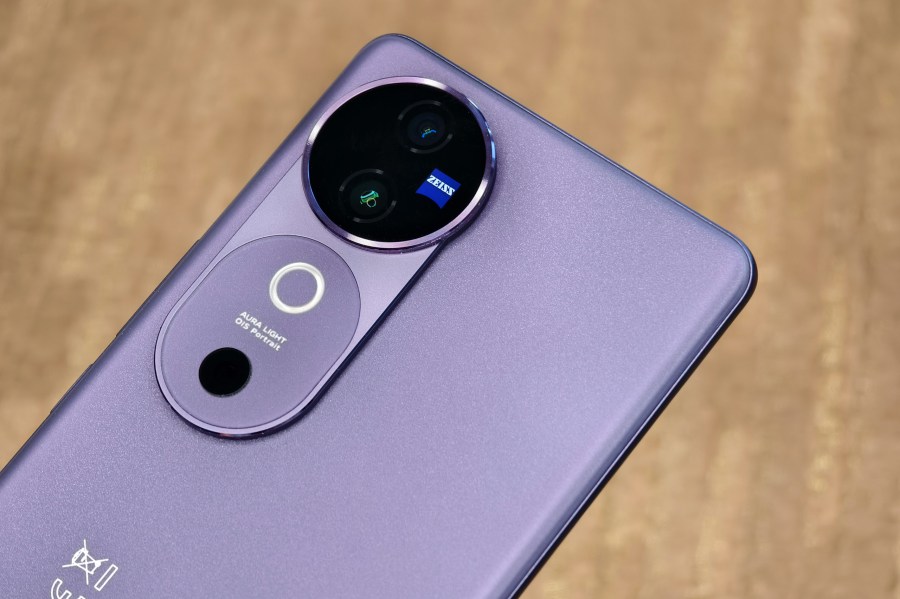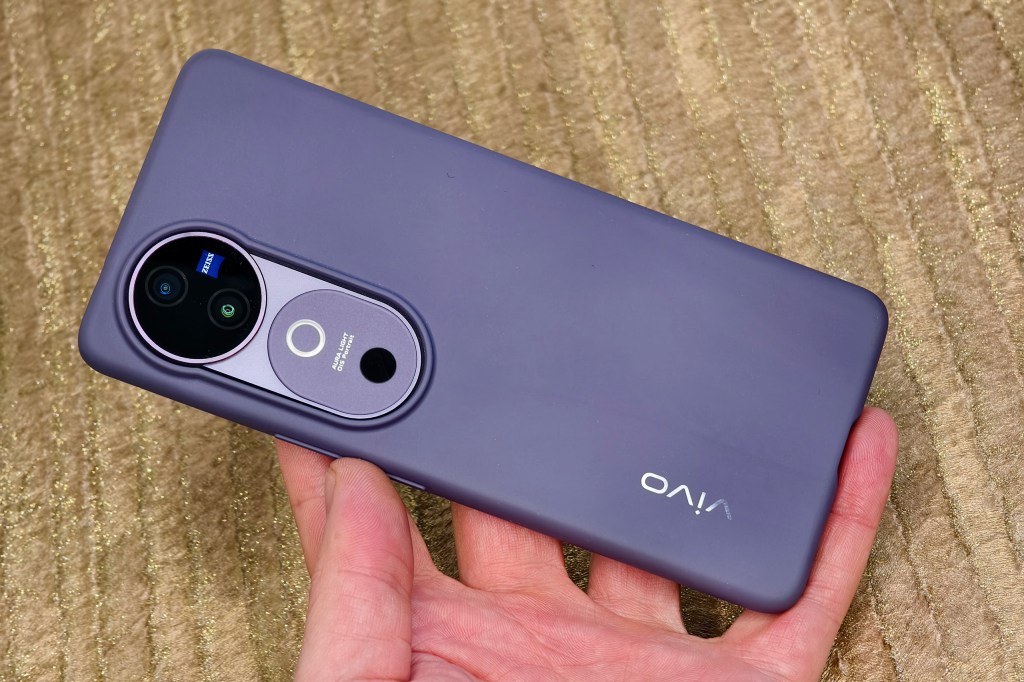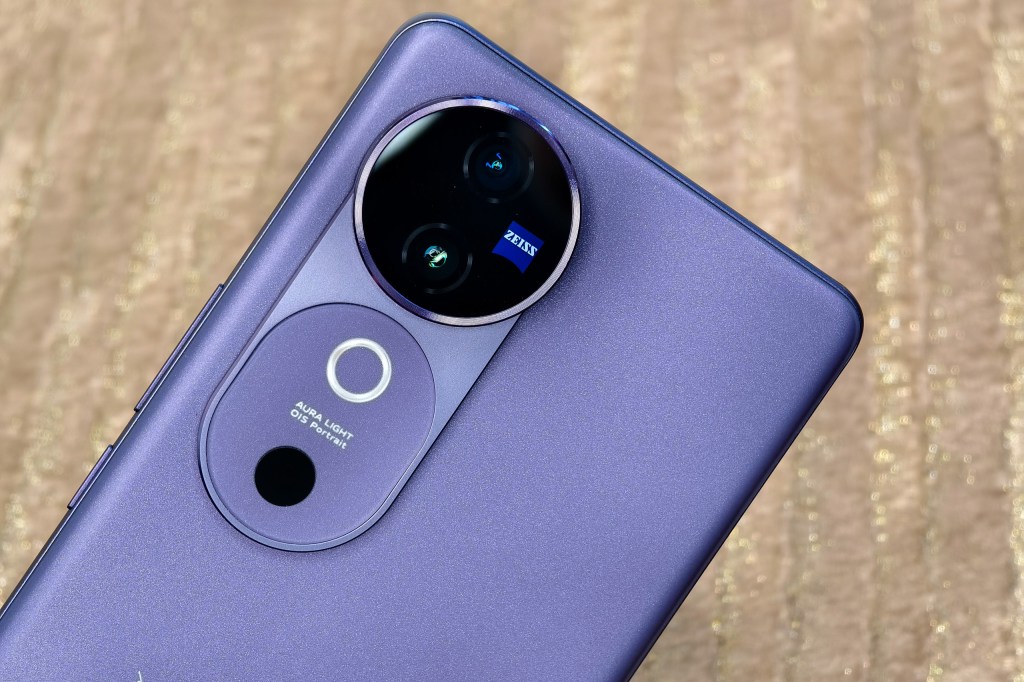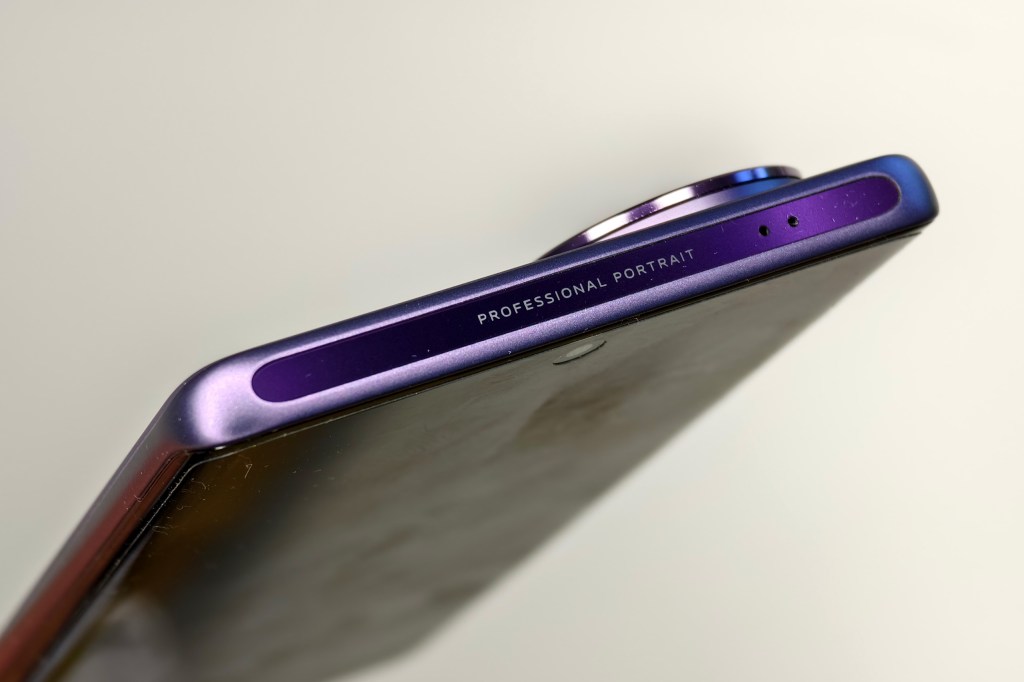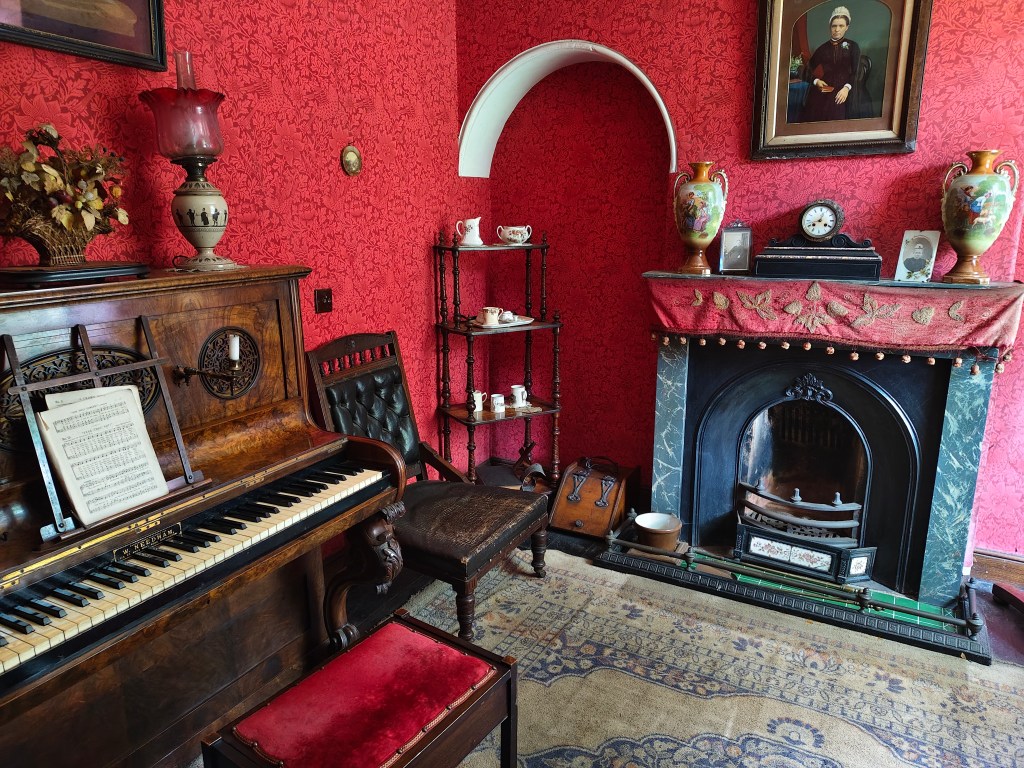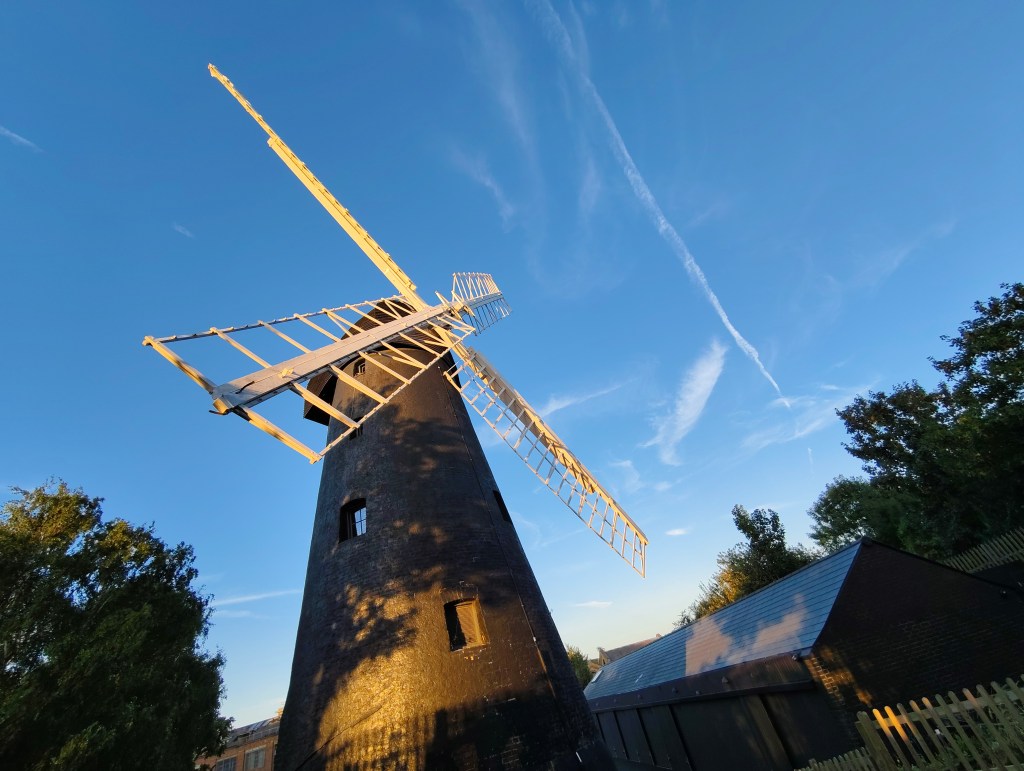Amateur Photographer verdict
The Vivo V40 shows that you can get a great set of cameras for a low price, plus a whole lot more!- 3x 50MP cameras with AF (including the selfie)
- Good results from the main camera
- Zeiss bokeh options for portraits (main/selfie camera)
- 5500mAh battery and IP68 rating
- Limited worldwide availability
- Doesn’t auto-activate the macro mode
If you step outside of the world of Apple, Google, and Samsung phones you can find some great value mid-range and budget phones with camera setups that put even some flagships to shame. Joshua Waller reviews the Vivo V40.
This Vivo V40 features a dual 50MP camera setup on the back, and a 50MP selfie camera with AF, this is more megapixels than found on the flagship Google Pixel 9! And the phone comes with 512GB storage, 4x more than the base model Pixel 9. Yet it’s available for roughly half the price… But how does it perform? Find out in this review.
At a glance
- 50MP main camera, f/1.9, AF, OIS
- 50MP ultra-wide camera, f/2.2, AF
- 50MP selfie-camera, f/2.0 with AF
- 4K 30fps front/rear video recording
- 6.78inch AMOLED, HDR10+, 120Hz, 4500nits screen with Schott protection
- 5500mAh battery, 80W wired charging
- Qualcomm Snapdragon 7 Gen 3 processor
- 12GB RAM / 512GB storage
- ₹34,499 (£316)
How we test phones
We review smartphones from the perspective of choosing one for its photography and camera performance. We look at what the Vivo V40 offers, and the features included for photography and video, paying particular attention to the cameras on the phone, photo editing capabilities, as well as the output from each different lens.
Features
As mentioned, the Vivo V40 features a dual-camera setup on the rear, with Zeiss branded optics, both cameras have 50MP sensors, and optical image stabilisation (OIS) on the main camera. In fact, all three cameras have a 50MP sensor, as well as auto-focus, so it doesn’t matter which camera you use, you get photos that are in focus. There’s also a ring LED light on the back that can be adjusted for colour, between warm and colder colour temperature.
The camera app…
The camera app is easy to use, with a few extra features to be found, including Zeiss portrait options. In the portrait mode you can select which Zeiss lens bokeh effects that you want, adding an extra element to your portraits, even making them look like they’ve been taken with Zeiss film (or digital) lens from larger full-frame cameras. The effect is, of course, produced using software processing, but the effect looks quite convincing at first glance. More on this later.
There are the usual Night, Portrait, Photo, Video modes, as well as Micro Movie, plus more including High resolution, Panoramic, Documents, Slo-mo, time-lapse, Supermoon, Astro, Pro, Snapshot, Food, Dual view and Live photo.
Hardware and Design
The phone is stylish looking and thin, with curved edges on both the front and back, it’s a different style compared to the square thick phones from Google and others.
You also get the choice of a variety of colours including purple, peach, blue/green, and grey/silver depending on local availability. It’s also IP68/69 dust and water resistant, and has a glass front and back. The screen is protected by Schott protection, but it also comes with a pre-installed protective film giving some additional protection. Speaking of protection, a TPU case is provided in the box in a matching colour.
The screen is impressively bright, offering a peak brightness of 4500nits! Regarding large numbers, there’s also a generous 5500mAh battery and 80W charging supported. Unfortunately, the phone doesn’t include wireless charging, nor a charger in the box.
Running the phone (which is basically a tiny computer) is a Qualcomm Snapdragon 7 Gen 3 processor, that keeps things nice and responsive. The amount of RAM and storage provided is generous with 12GB RAM, and 512GB storage. It’s running Android 14, and you can get all the usual apps from the Google Play store.
Performance and Image Quality
Overall, the cameras provide images with pleasing colour, good dynamic range, and reliable exposure. You can simply point and shoot with this camera, and get great results without having to worry about it.
The main camera has a larger sensor (with 1.0µm pixels), whereas the ultra-wide and selfie cameras have smaller sensors (0.64µm pixels), which means it’s going to give the best results, in most situations.
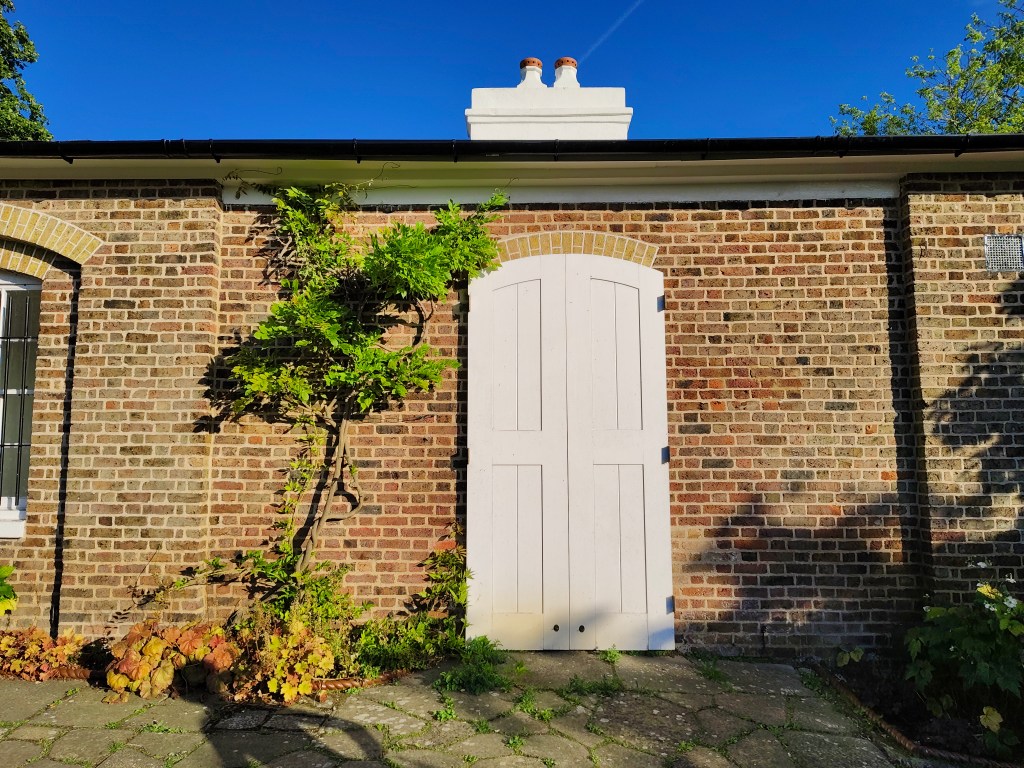
The main camera performs well, but there are signs of noise in the corners of the frame, when you view images at full-size. If you don’t, then you don’t really need to worry about it.
Low light performance is relatively good, but in extremely dark conditions the phone struggled, in comparison to phones with larger sensors. The main camera is the best choice, and the ultra-wide gives worse results in low-light, struggling to keep the shutter speed quick enough at times.
The ultra-wide-angle camera gives good results in good conditions, for example on sunny days with bright scenes, but in darker conditions (or indoors) results can suffer.
There’s no telephoto camera, but the 2x zoom (digital) lens option is shown on-screen in the camera app, and when selected shows 47mm (equivalent).
The results are good enough, and it’s only when you start ‘pixel-peeping’ that you notice any issues. If you’re just using images on-line, or on social media then results are good, and you should be able to get reasonable prints if needed. Does anyone print photos anymore?
Close up performance from the main camera is very good, and gives nice background blur. You can also use the ultra-wide-angle camera for “Super macro” photography, thanks to the auto-focus, however, you need to manually select this option on-screen, as the camera won’t automatically switch to this mode from the 1x camera. (Many other phones will automatically activate the macro mode when available).
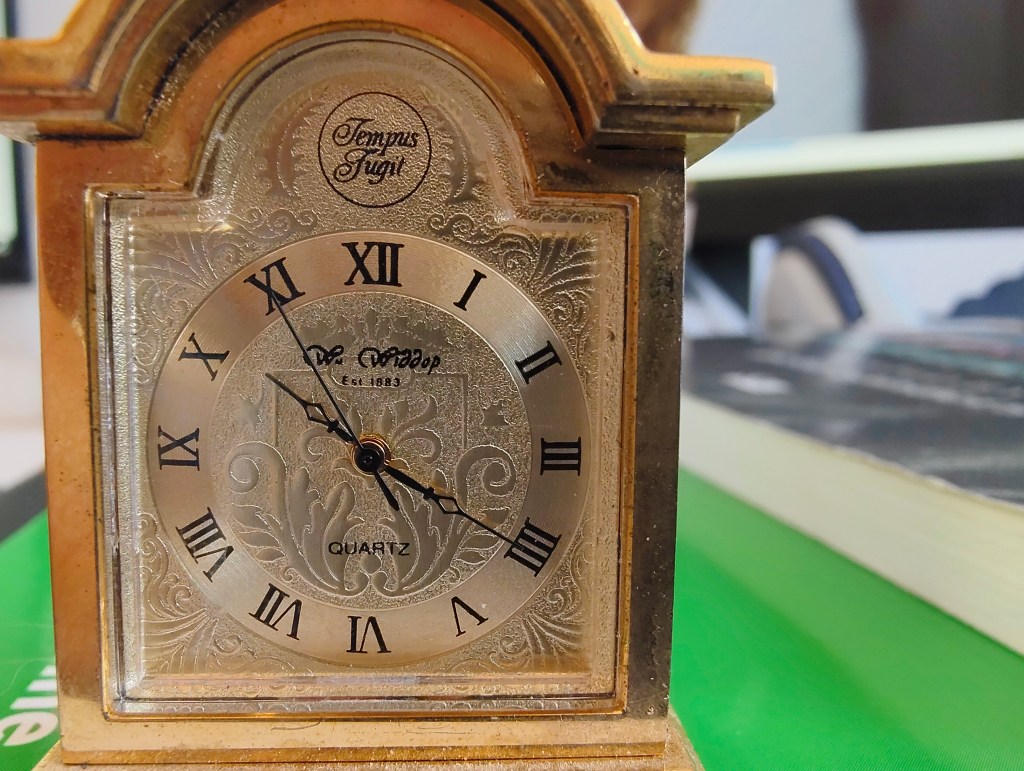
Selfie performance – There are a variety of portrait options available when using the main camera, and it’s nice to see that these are also available with the selfie camera. This includes different focal length options, Zeiss bokeh options, and face/editing options.


The focal length options included with the selfie camera are 0.8x, 1x and 2x, whilst the options with the rear camera are 24mm, 35mm and 50mm (roughly the same). There’s also more bokeh options available with the rear camera. The results look really good, and the auto-focus helps make sure you’re correctly focused.
Video – 4K 30p video, along with optical image stabilisation (OIS) on the main camera means results look good. You can also record 4K 30p video with the selfie camera, and thanks to auto-focus, the results are better than phones without auto-focus, as the main subject stays in focus.
Value for money
If you can find this phone for a good price in your area, then it represents excellent value for money, priced at around £360 (256GB) / £430 (512GB), it’s just a shame it’s not more readily available in the UK and other areas. The Vivo V40 Pro is also another good option. There are models from other brands, but few offer 50MP on all the cameras. Other budget options include the Google Pixel 7A and Pixel 8A, as well as the Samsung Galaxy A55 and A35, and the Motorola Edge 50 Neo (with telephoto camera).
Verdict
If the Vivo V40 is available in your area, then it makes a great choice, the only complication is whether to choose the V40 or the V40 Pro with 2x telephoto camera. Results are impressive, and the phone gives you a premium feeling product, with a significantly lower price. The Zeiss portrait effects are pleasing and a great reason, along with the selfie camera with AF, to choose the Vivo phone over other brands.

Follow AP on Facebook, Twitter, Instagram, YouTube and TikTok.

